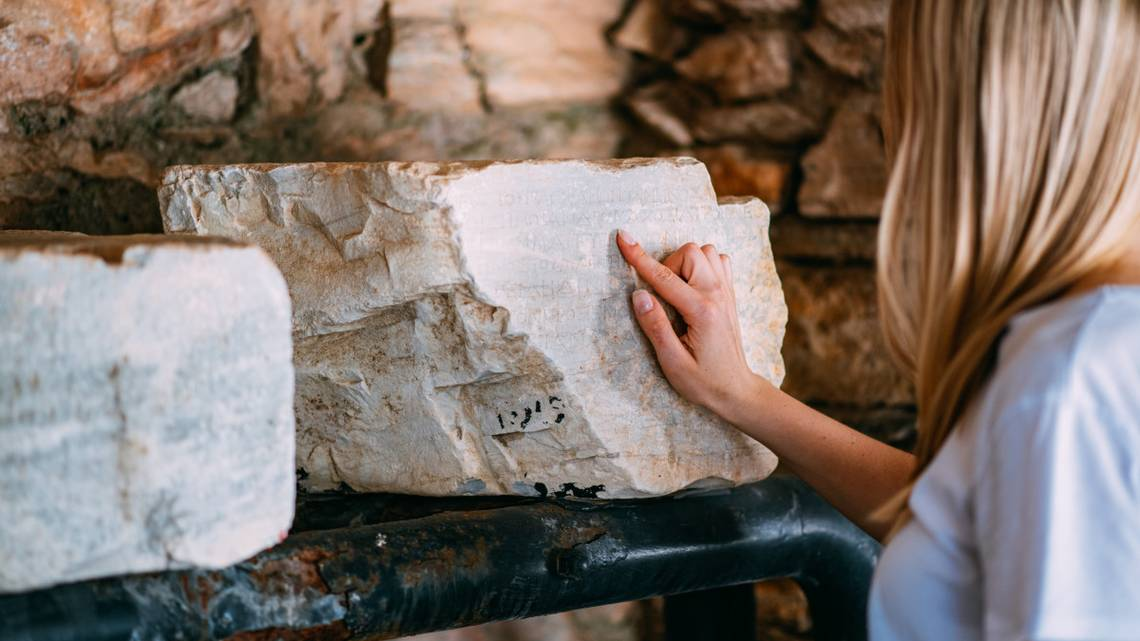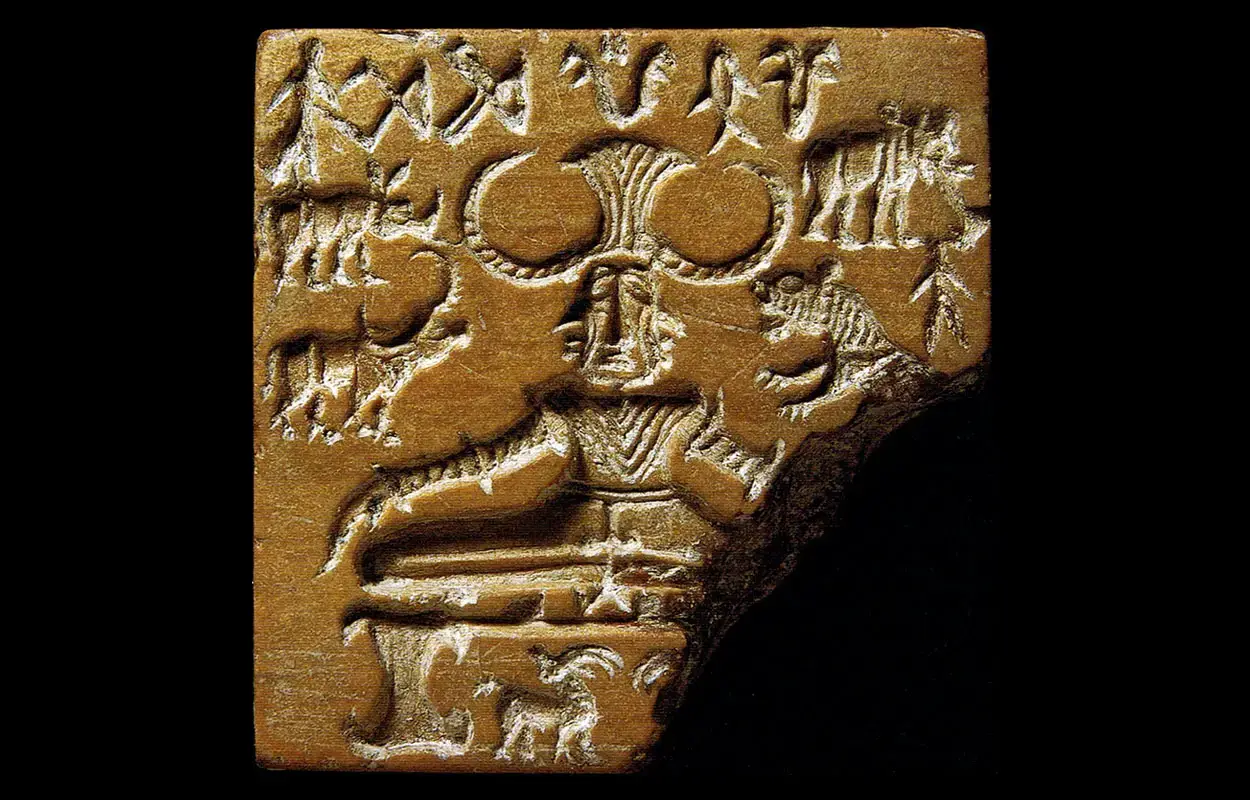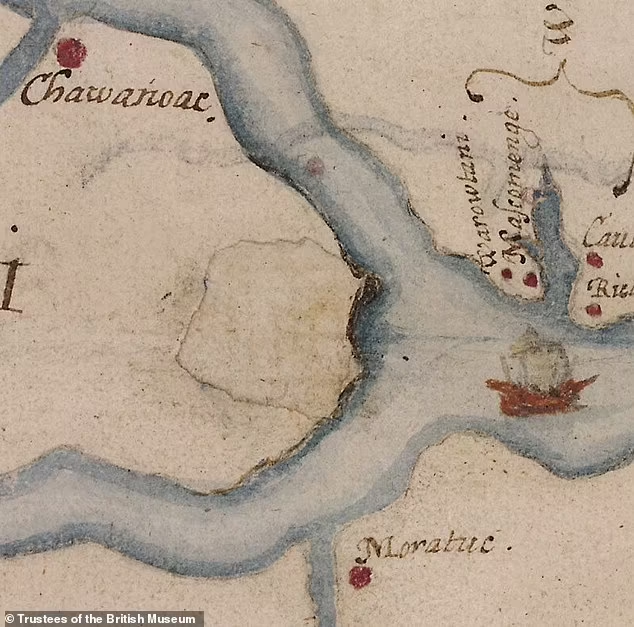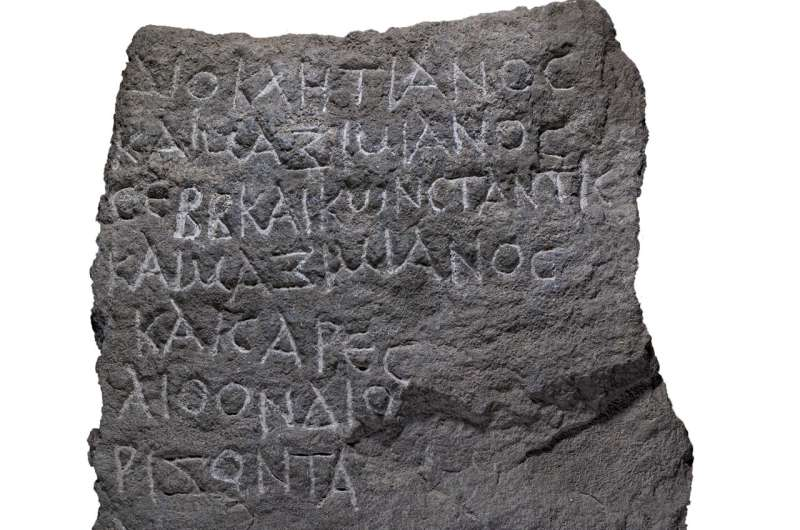The Taj Mahal, a UNESCO World Heritage Site and one of the Seven Wonders of the World, stands as a timeless testament to love and architectural splendor. Built by Mughal emperor Shah Jahan in the 17th century to honor his beloved wife Mumtaz Mahal, this iconic monument in Agra continues to captivate millions with its beauty and historical significance.
However, behind its grandeur lies a persistent enigma, fueling various conspiracy theories over the years.
The Tejo Mahalaya Theory
One of the most debated claims is that the Taj Mahal was constructed over an ancient Shiva temple called Tejo Mahalaya. Supporters of this theory highlight the presence of 22 so-called "secret rooms" beneath the structure, asserting that these chambers house idols of Hindu gods and goddesses.
The Truth About the Basement Rooms
Contrary to sensational claims, the basement rooms are neither secret nor mysterious. These arched corridors, managed by the Archaeological Survey of India (ASI), serve a structural purpose, contributing to the monument’s stability. Historically, these areas were open to the public but were sealed off in 1978 for preservation and security.
Experts emphasize that these rooms were not intended for rituals or storage of treasures. In fact, the ASI released photographs of the corridors to dispel rumors, showing them as straightforward architectural features devoid of hidden artifacts.
Debunking the Temple Conversion Myth
The idea that the Taj Mahal is a repurposed Hindu temple is rooted in unverified claims suggesting the monument was built over a pre-existing 4th-century temple or palace. Advocates of this theory allege historical revisions concealed its origins.
In 2022, a petition called for an investigation into the locked rooms, asserting that the Taj Mahal was originally a Shiva temple. However, the Allahabad High Court dismissed the case, citing insufficient evidence. Scholars widely agree that the Taj Mahal is a mausoleum purpose-built by Shah Jahan, with no credible proof supporting its connection to Tejo Mahalaya or Hindu deities.
The Legacy of the Taj Mahal
Despite the controversies, the Taj Mahal remains a symbol of eternal love and an architectural marvel. Its enduring allure continues to draw millions of visitors each year, reminding us of the rich history and artistry it embodies.
By focusing on verified history and documented facts, the Taj Mahal’s true significance shines through, unclouded by myths or misinformation.
By Valli Sarvani
Date: January 27, 2025
Tags: Taj Mahal, History, Architecture, Conspiracy Theories, India, Mughal Empire, Shah Jahan


























